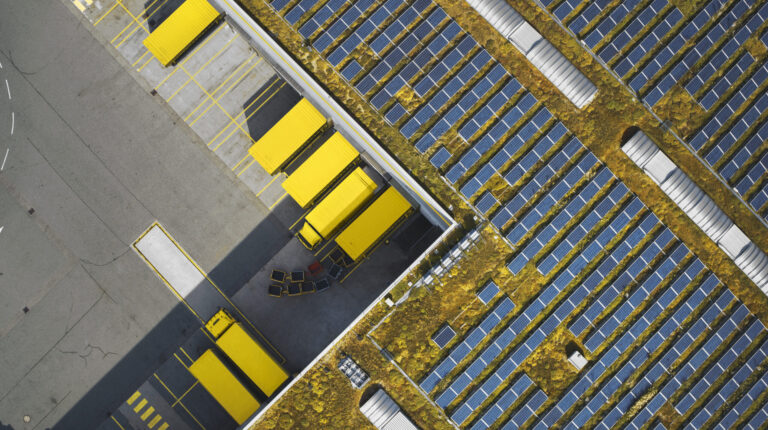Austrian Post is continuing the expansion of its photovoltaic systems and will increase the proportion of its own electricity supply from renewable energy sources to more than 20% by the end of this year.
The post has already connected 10 megawatts peak (MWp) to the grid and will have a total output of over 19MWp installed at 26 locations across Austria by the end of 2024, giving it the largest rooftop portfolio of photovoltaic systems in the country.
Austria is undergoing a major energy transition. By 2030, only clean renewable energy will be used to supply the country’s electricity needs, according to Climate Protection Minister Leonore Gewessler. “To this end, we are also providing record budgets for subsidies, and I am delighted that Austrian Post is implementing the expansion of photovoltaics so ambitiously,” she added.
The largest photovoltaic systems
Austrian Post has the highest photovoltaic capacity at its site in Vienna-Inzersdorf, where the Vienna Letter Mail and Parcel Logistics Centers are located. Almost 0.9MWp are already in operation on the roof of the mail logistics center, and a further 2MWp were connected to the grid on the roof of the new parcel logistics center at the end of June. This means that around 2.9MWp of photovoltaic power is generated at the Vienna-Inzersdorf site.
An expansion of another 1.5MWp on the roof of the old parcel logistics center, which is currently being converted into a delivery base, is also planned for 2024. In total, Austrian Post will have installed a photovoltaic capacity of 4.3MWp at this location this year.
“Photovoltaics is a key component of our sustainability strategy,” said Walter Oblin, deputy CEO and member of the management board for mail and finance at Austrian Post. “We want to maximize our own production of renewable energy and utilize surpluses economically. Thanks to the expansion of our photovoltaic systems, we already have 10MWp connected to the grid, which means we can charge around 3,000 electric vehicles with solar energy. This not only makes us less dependent on external electricity suppliers but also makes us a pioneer in the energy transition.”
Energy storage as the next step
Austrian Post also wants to store the electricity generated by solar power. Its first energy storage system, with a capacity of 134 kilowatt hours (kWh), is already in operation at the postal base in Bruck an der Leitha, where it is used in combination with a photovoltaic system to optimize local self-consumption, for example when charging e-vehicles.
Electricity storage systems are also to be installed at other locations such as postal bases and logistics centers. Here, Austrian Post is taking a step toward a circular economy and giving batteries from decommissioned e-vehicles a second life by processing and reusing them – initially bundled into a stationary energy storage system at one location on a trial basis. The e-vehicles in use are to be charged as economically as possible in this way. In addition, e-vehicles could also be operated like energy storage systems in the future.
“In the final expansion, we potentially have batteries for around 10,000 e-vehicles that are connected to the grid at weekends, for example, and can take up load,” continued Oblin. “With intelligent charging technology, we can use the concept of pooling several electric vehicles to feed energy back into the grid in the future and support peak loads. Our e-fleet could thus become a battery storage system for the whole of Austria. This is the vision of the future that we are already working on today.”


